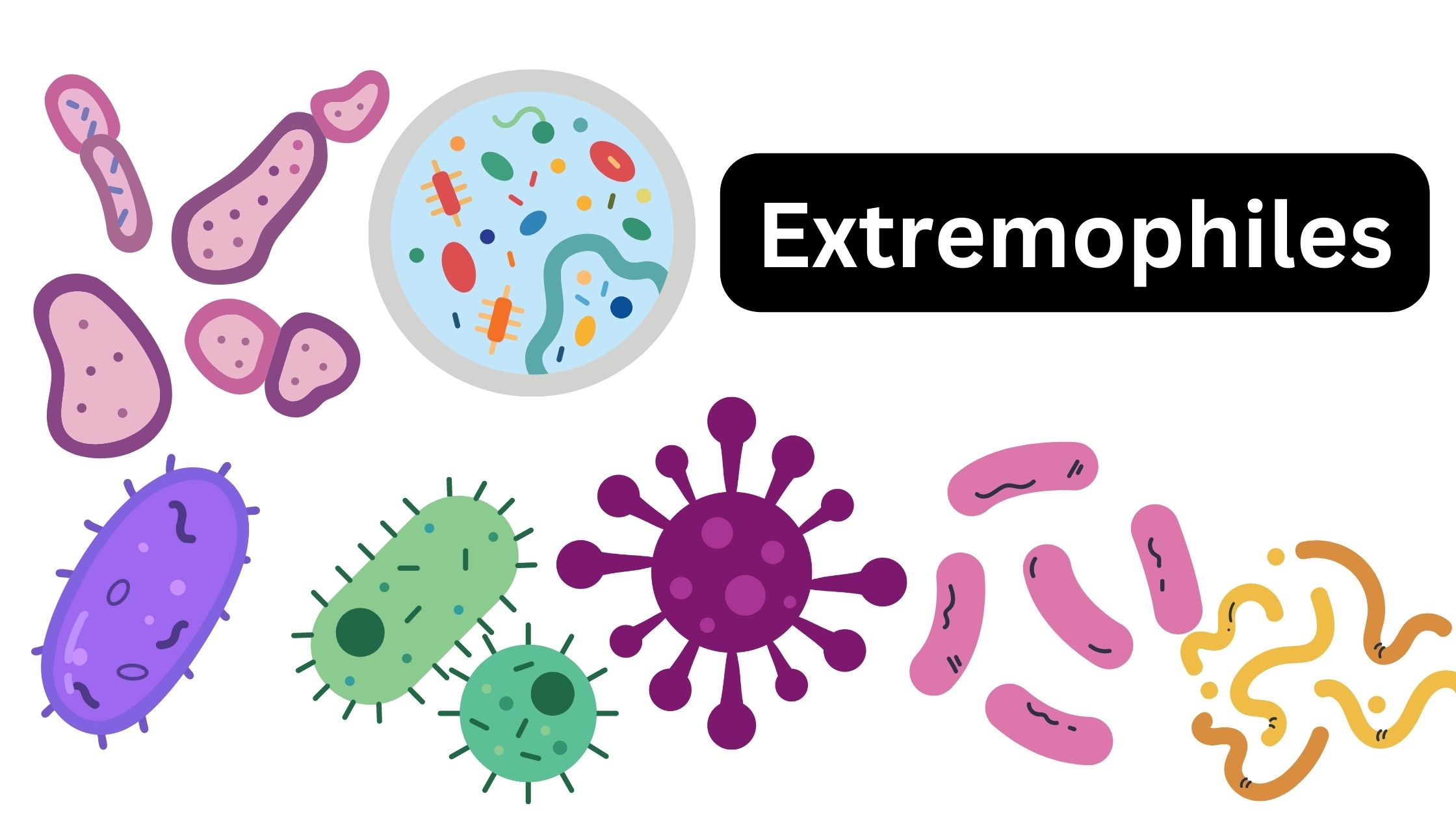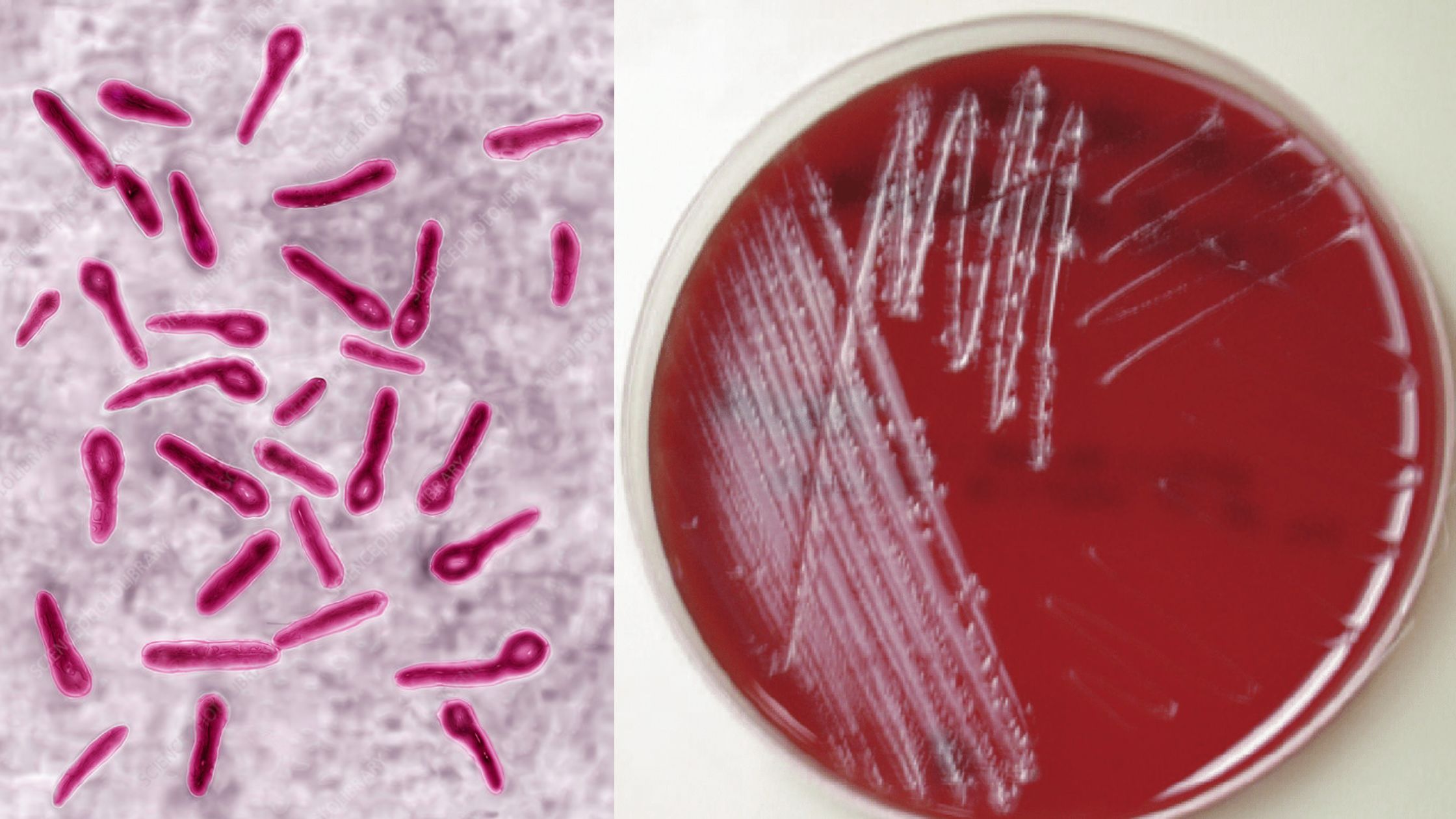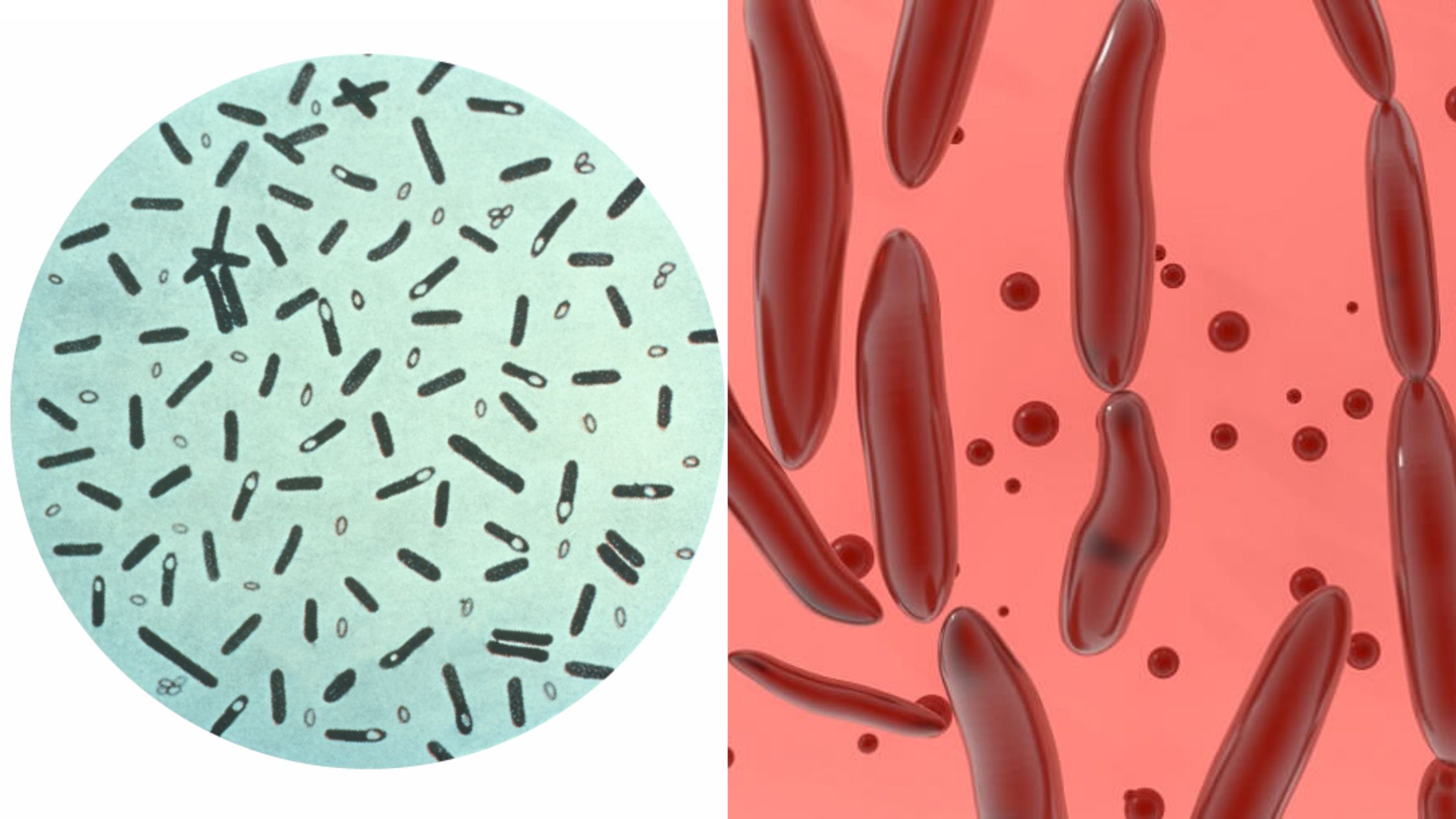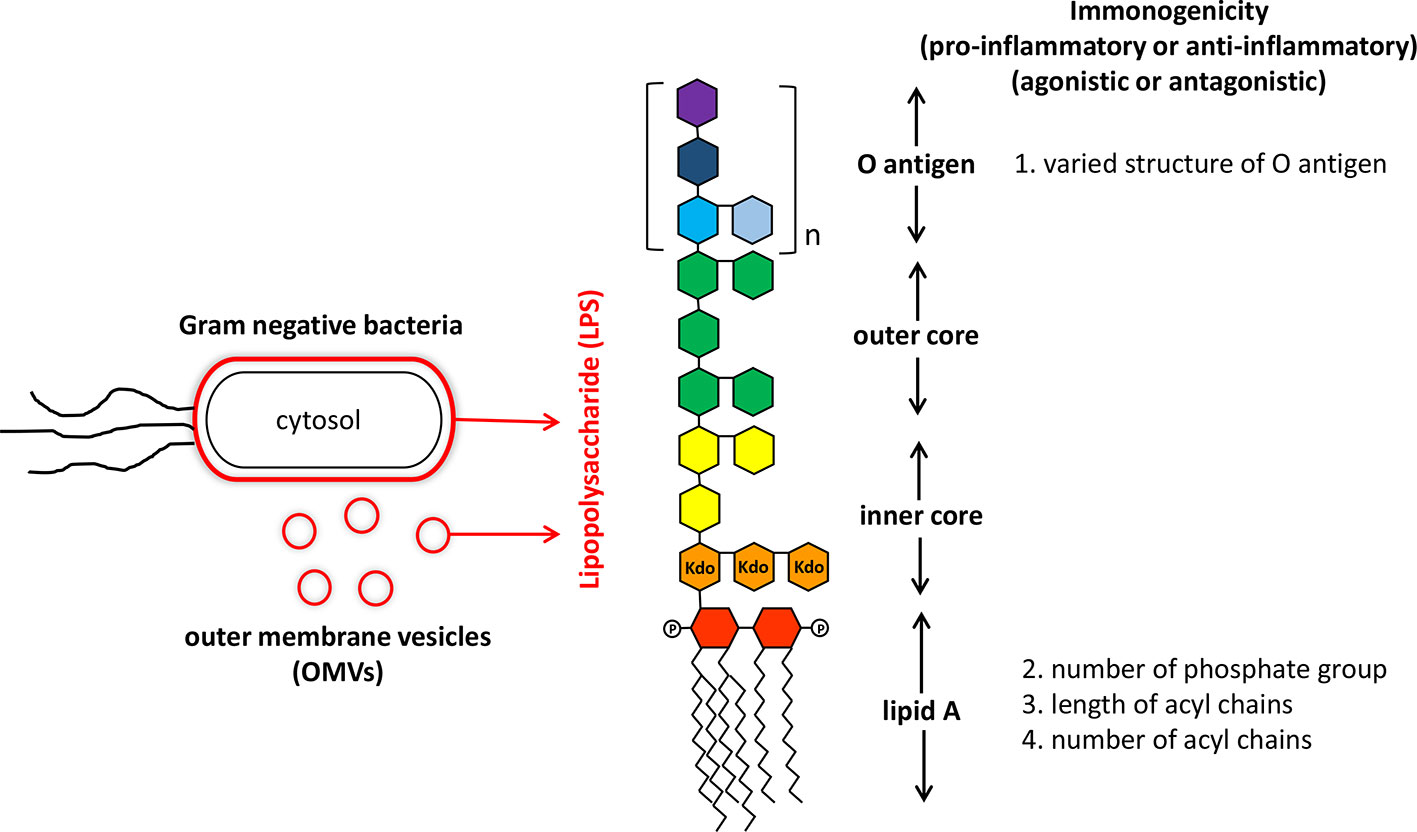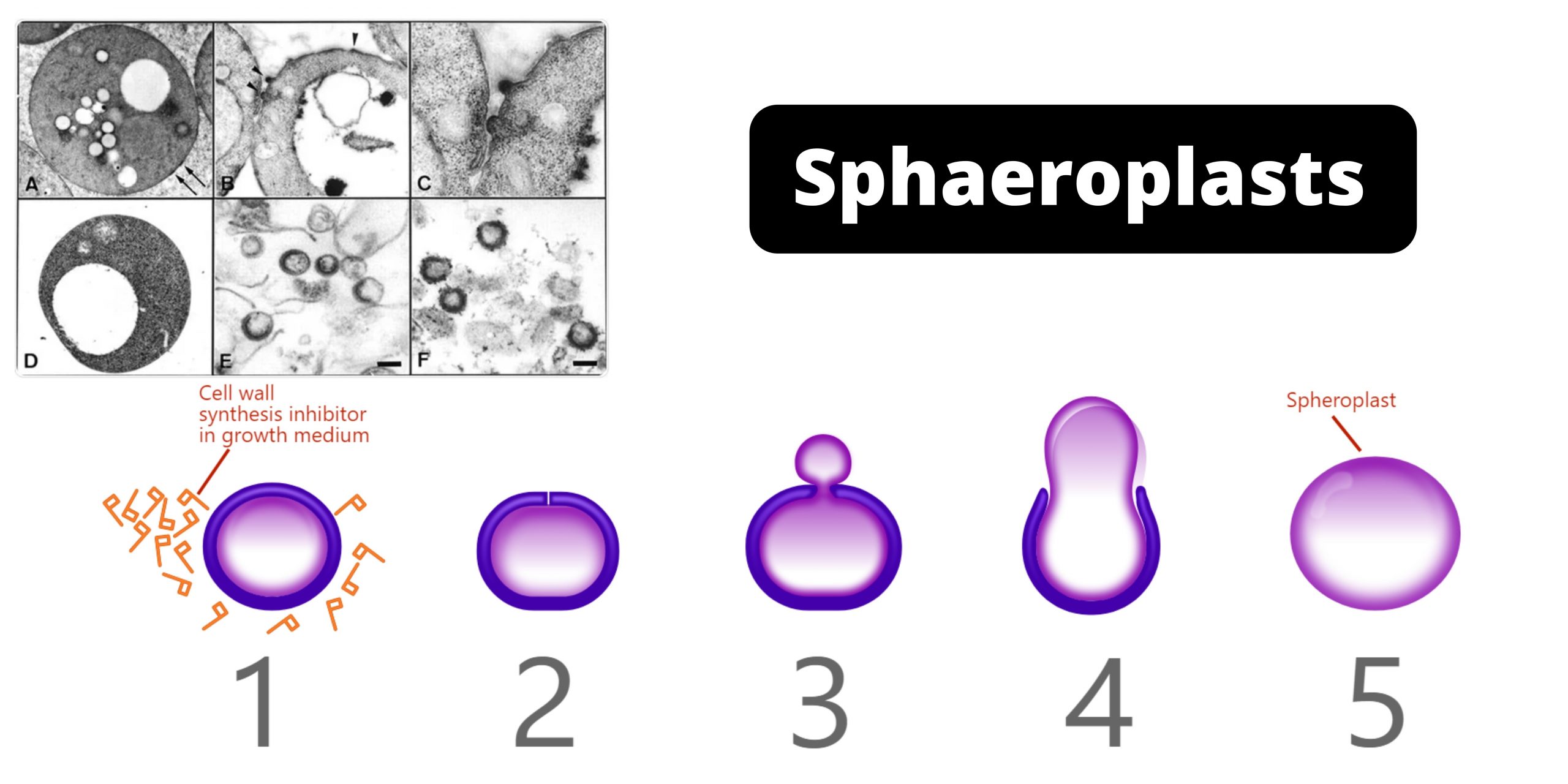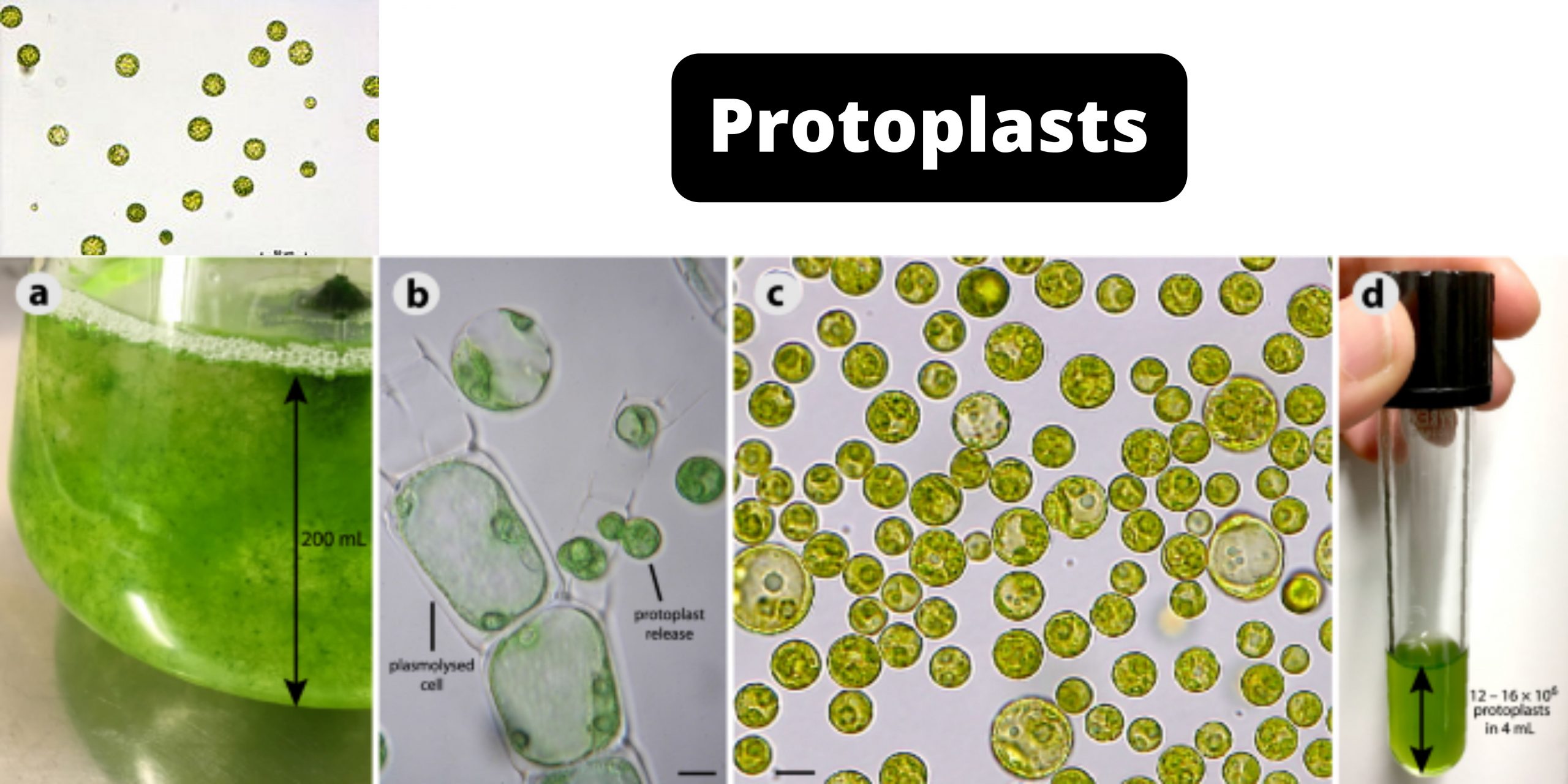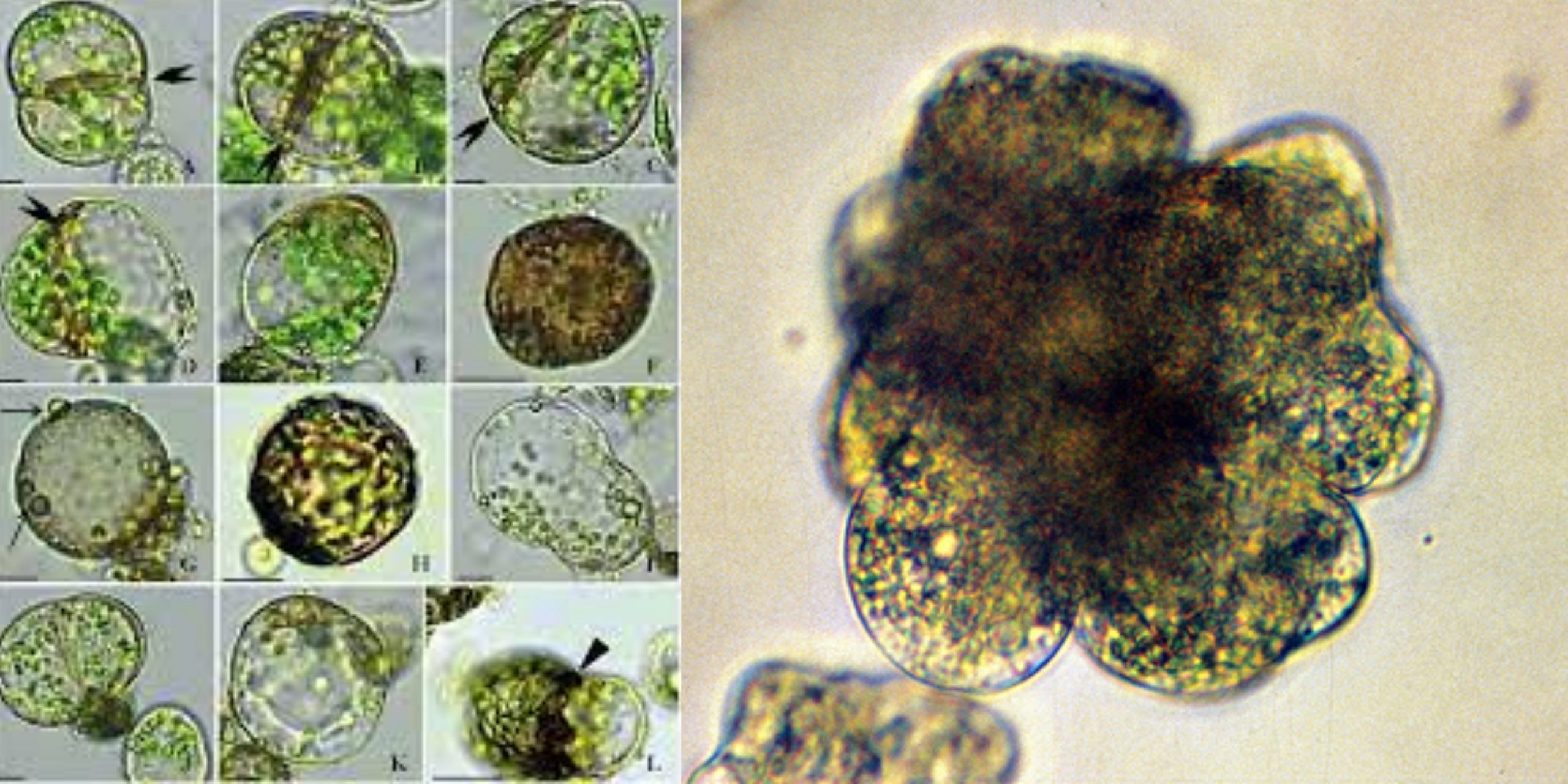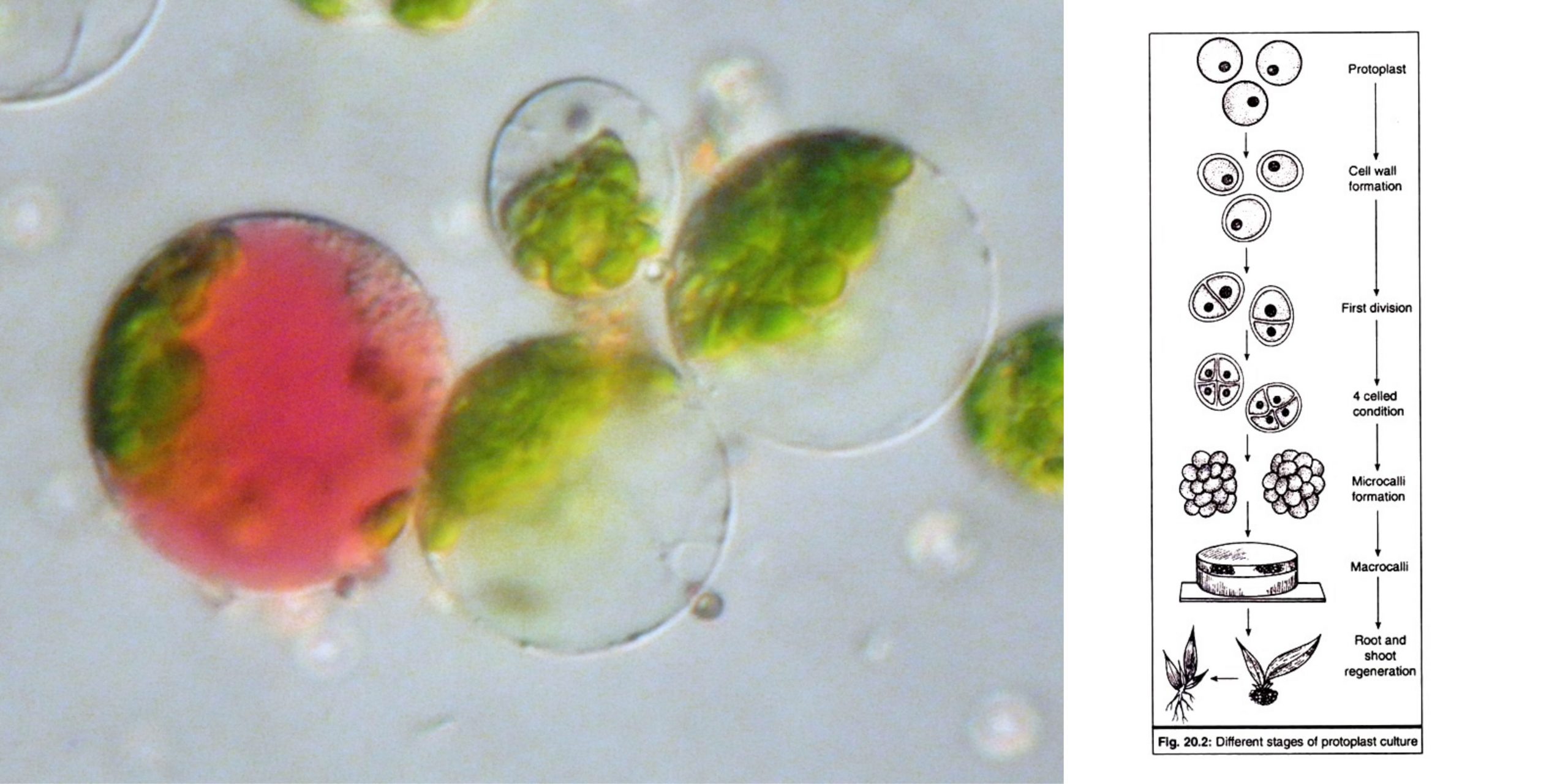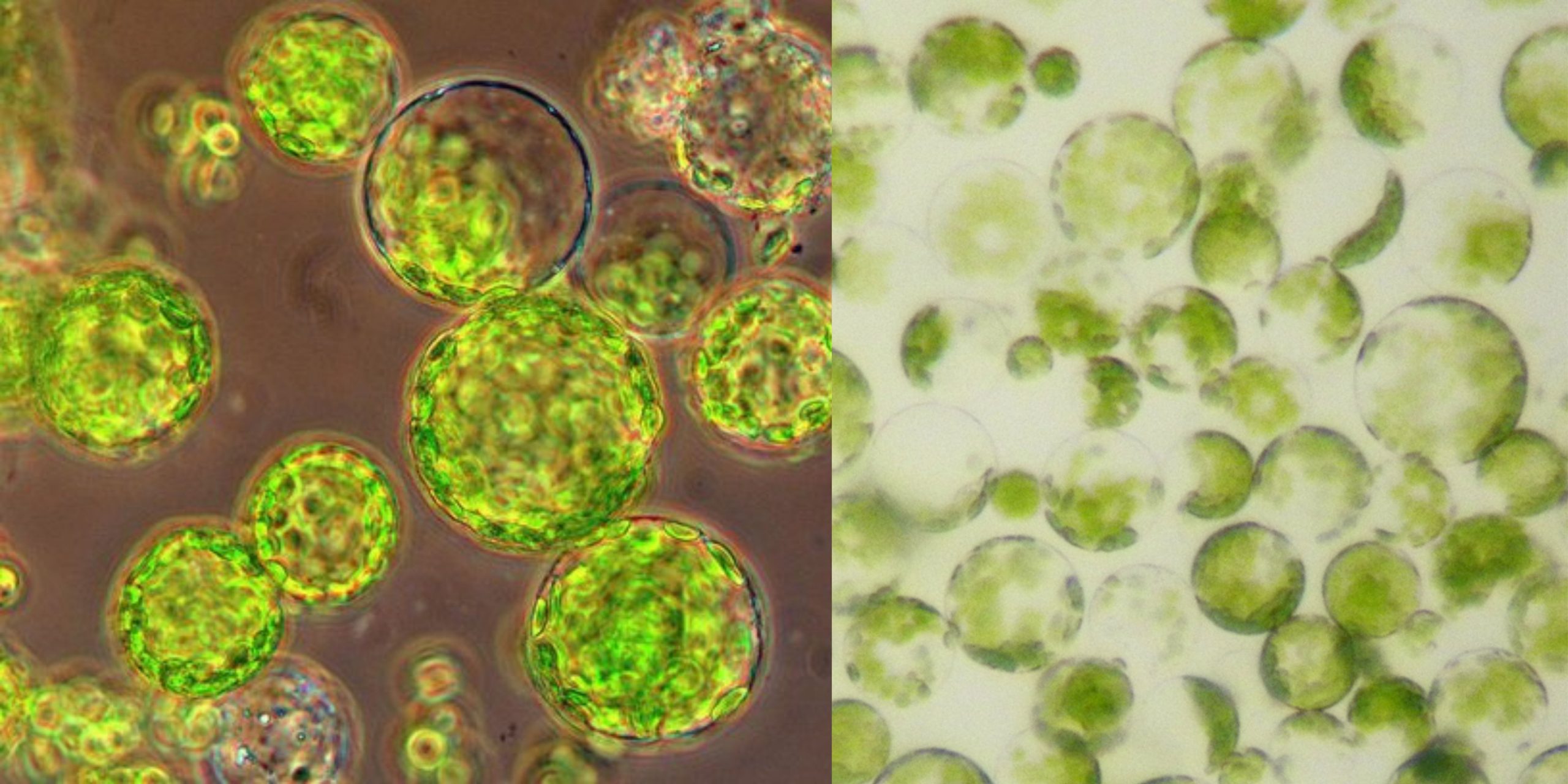Asexual Reproduction in bacteria – Definition, Types, Advantages, Disadvantages
What is Asexual Reproduction? There are animals that are born with two parents. Some animals can come from a single parent. For instance, the Komodo dragon, as an instance is the only one with one mother and reproduces through parthenogenesis. Sexual reproduction is the process of generating offspring from only one parent. Are there male … Read more

